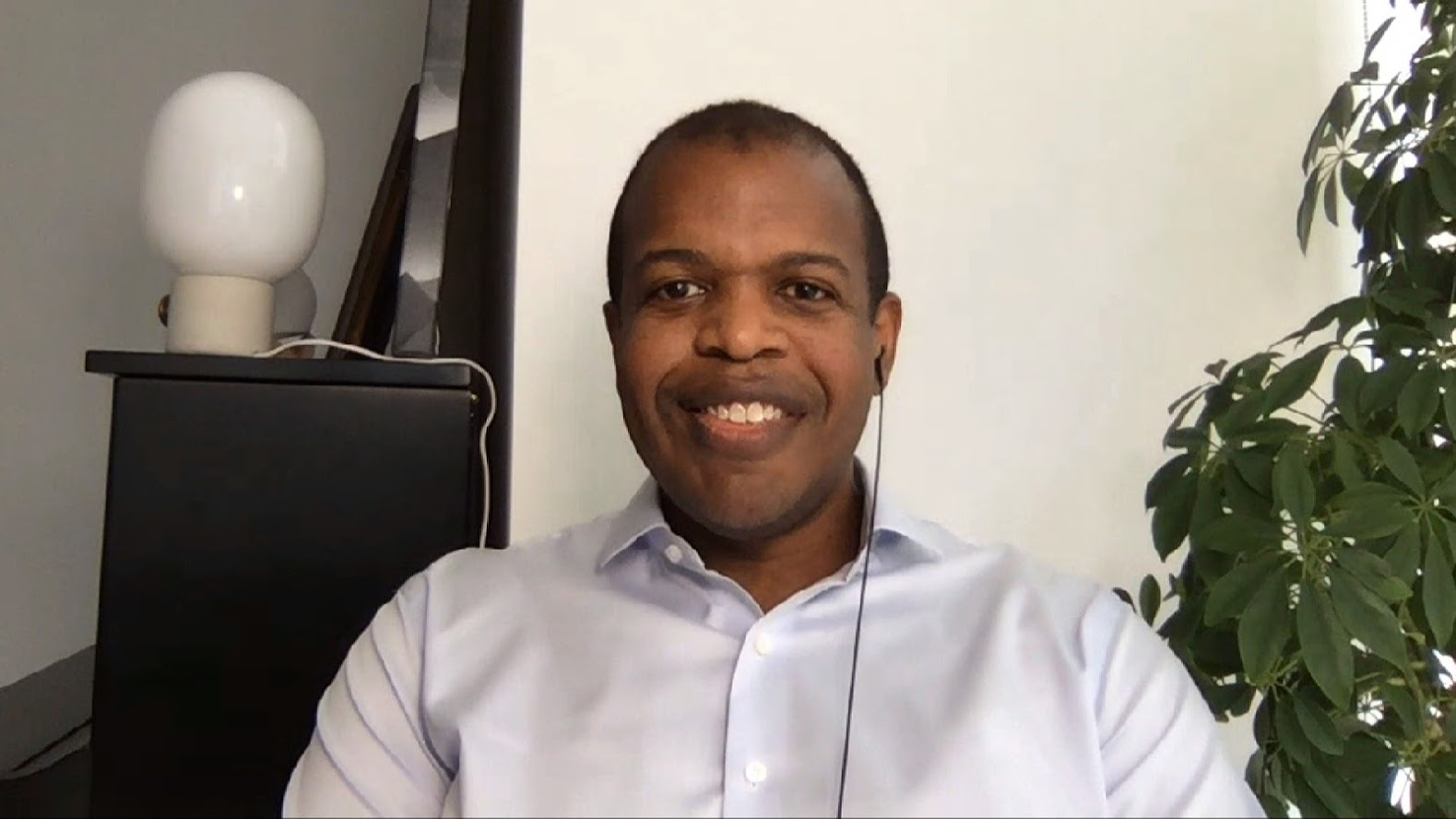 CLOUD
CLOUD
 CLOUD
CLOUD
 CLOUD
CLOUD
Multicloud applications services leader F5 Networks Inc. acquired NGINX in March 2019 with a mission to lessen the differences between NetOps, DevOps and SecOps. But bridging the gap between these three distant IT operation teams is no easy task.
With the increased pressure to provide apps faster, especially during and after the COVID-19 pandemic, the gap between these operation teams can potentially become the separation between winners and losers during the app economy.
“Now, we really want to bring applications to life, make it so that your application not only is scalable and highly available, but it’s able to adapt over time,” said Sidney Rabsatt (pictured), vice president of product management for NGINX at F5. “And that, of course, would require input from the operations teams. “We’re trying to make sure that folks have the ability to operate their applications under any circumstances, whether they’re being attacked, under high demand, [or] are moving all over the place. We’re really trying to make it so that the application is essentially bulletproof.”
Rabsatt spoke with John Furrier (@furrier), host of theCUBE, SiliconANGLE Media’s livestreaming studio, during DockerCon Live. They discussed goals behind the NGINX acquisition, why developers keep using NGINX, and apps during and after the COVID-19 era. (* Disclosure below.)
[Editor’s note: The following has been condensed for clarity.]
What are you guys focused on? Can you share some insights into how you’re thinking about it and somethings that you’re doing?
Rabsatt: A big part of what we’re focused on is really taking away the headaches that come with scaling up applications, especially in the modern world. So, we think about the investments we’re making, and to help folks modernize versus just making it easy to deploy modern applications at scale. Secondly, is making sure that you have a really strong understanding of how that application is really working. And then the third dimension, I would say, is around security. I think there’s a lot of new surface area that’s being exposed as folks start to build more microservices-based applications.
You guys have been very popular, if not the most popular, downloaded container in the hub. And so you’ve been super popular with developers. So what happens next? How are you going to keep that satisfaction going?
Rabsatt: We’ve been very fortunate to have folks continue to trust us with their applications as they move to new environments and as they containerized things, and we appreciate that. And we continue to invest in making sure that our feature set is just as capable in those environments as it is anywhere else. And in addition to that, we do invest heavily in making sure that our capabilities in the container and the microservices space specifically are staying ahead of the curve.
What’s in it for me, the developer? What do I need to know about NGINX now?
Rabsatt: The main reason folks use our solutions is that we take headaches away. We’re a tool that allows folks to deliver their applications, deploy their applications without having to worry about the mechanics and the plumbing. And so for the developers, you know, what’s in it for you is you build the application, we’ll take care of the rest. We’ll make sure it gets delivered with the controls that are required, with the security and authentications required. We operate as an extension of your application.
Let’s get into the F5 acquisition combination with NGINX. Take us through some of the impacts of that combination?
Rabsatt: With F5 we have the ability to invest more in that roadmap and that vision. In addition to bringing on some pretty cool complementary capabilities, one of the things that we’re really happy to see is the rich security capabilities that F5 has, that we’re now able to leverage, with the NGINX solutions side-by-side, providing new ways to get really advanced security capabilities into the right places in your application.
Now with the COVID crisis, you’re seeing operations clearly front and center again, right? So you got security ops now coming online, networking ops. Is there anything that you could share in terms of this new thinking, because it’s going to be a new trajectory. I think this is an inflection point.
Rabsatt: I think folks are getting more and more experienced with kind of this new way of working. And the infrastructure of code is absolutely here. Automation is absolutely here. Orchestration is absolutely here. And so I see … more and more of these capabilities will get stitched together. This crisis is going to give folks an opportunity to really take a deep look at how they’ve been operating and where they want to get to. And it’s going to provide an opportunity to accelerate that move.
As the world gets more complex, you’ve still got to move packets around. You’ve still got to run applications. It’s just going to be that tried-and-true formula of reduce the complexities, make things easier, but makes things run faster, make things run higher scale. That seems to be the playbook. What are your thoughts?
Rabsatt: As I talk about bringing applications to life and making applications more resilient, more able to protect themselves, more able to heal, and defend … the advanced things that we’re doing now — that folks are kind of playing with — will become the easy things. And we’ll have new challenges to focus on, especially as we look at things like AI.
Watch the complete video interview below, and be sure to check out more of SiliconANGLE’s and theCUBE’s coverage of DockerCon Live. (* Disclosure: TheCUBE is a paid media partner for DockerCon Live. Neither Docker Inc., the sponsor for theCUBE’s event coverage, nor other sponsors have editorial control over content on theCUBE or SiliconANGLE.)
THANK YOU